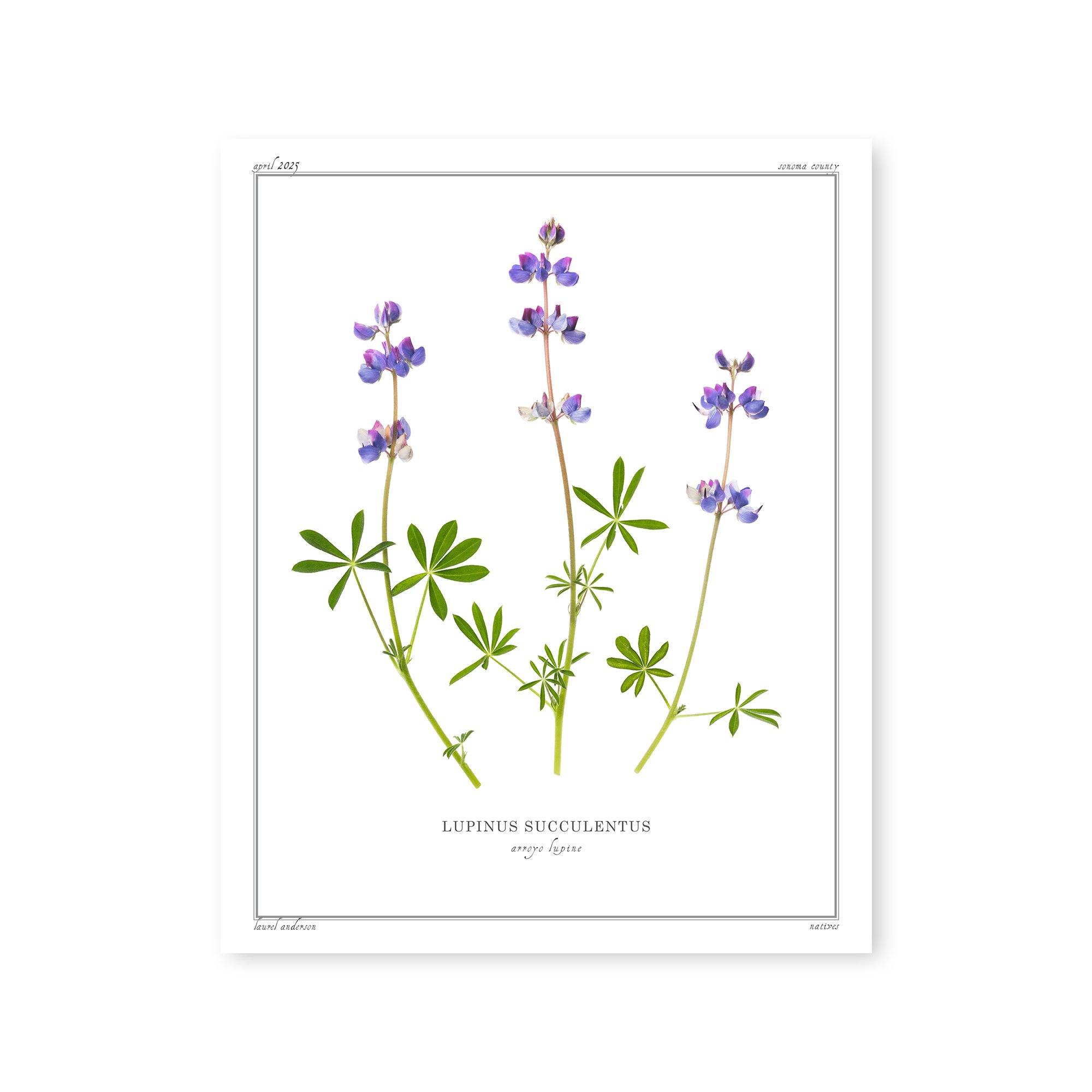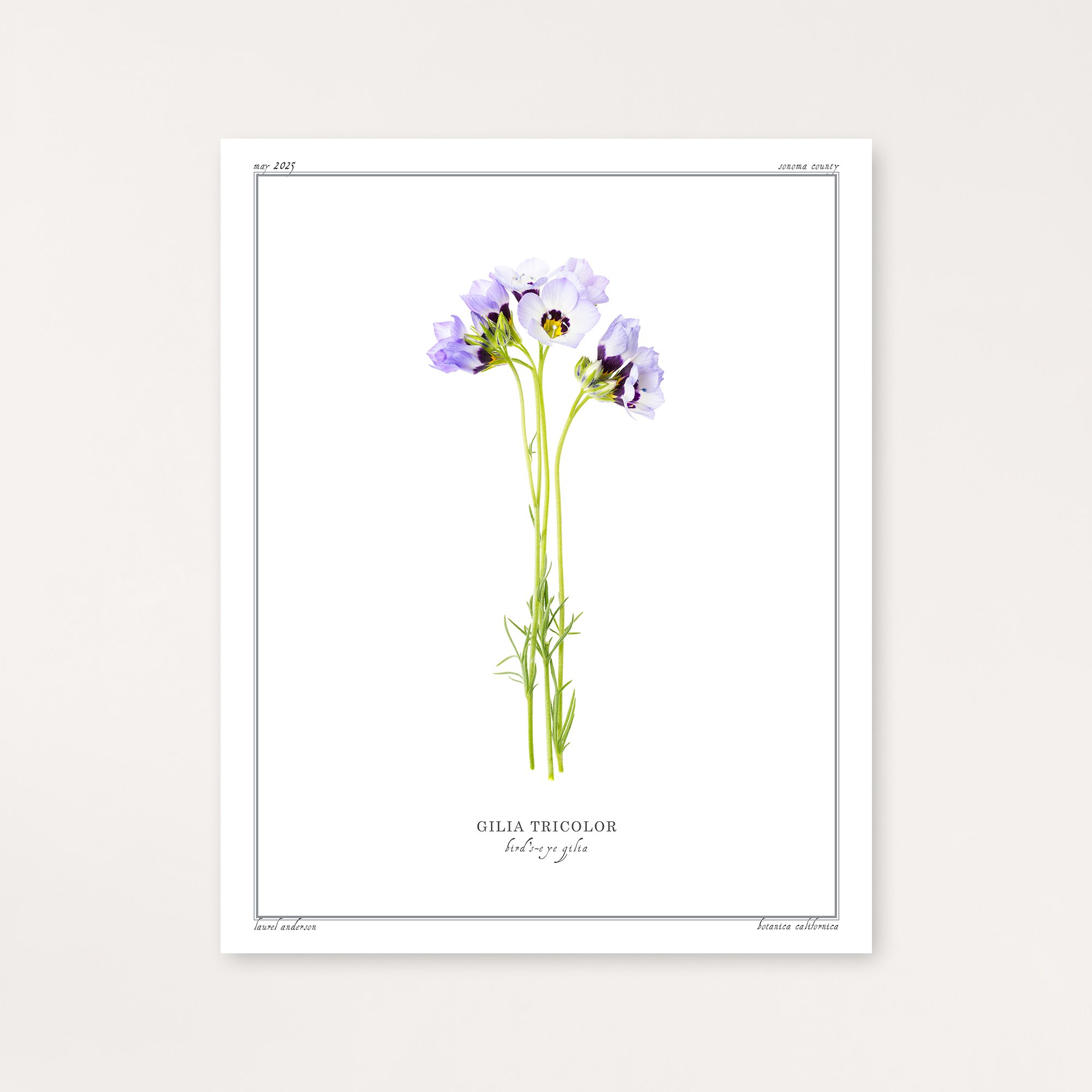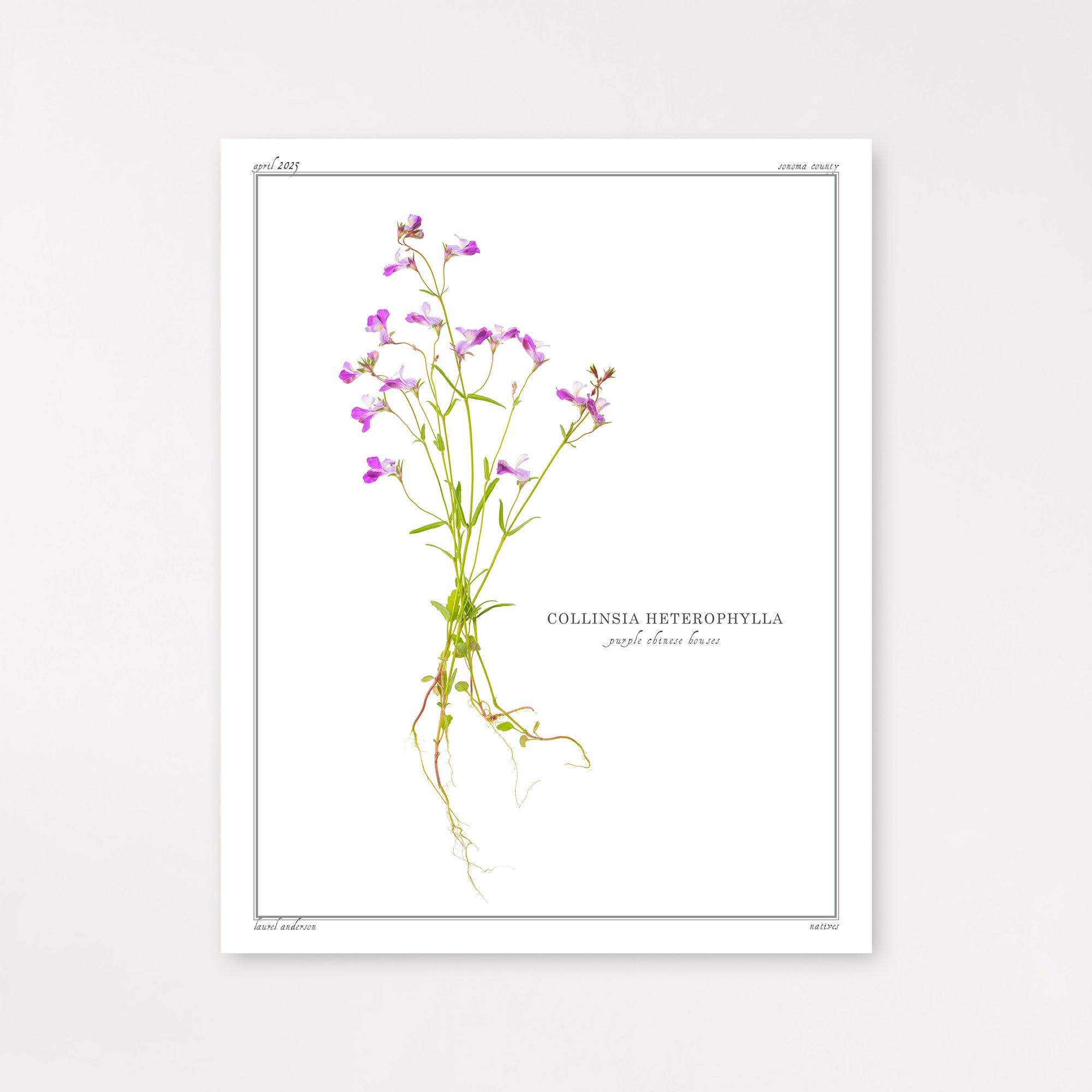 Image 1 of 2
Image 1 of 2

 Image 2 of 2
Image 2 of 2



Monkey Flower
Sticky Monkey Flower, Diplacus aurantiacus, or Bush Monkey Flower grows throughout California from coastal scrub to inland chaparral, thriving on slopes and banks in chaparral and open woods.
The bright orange, tubular flowers are perfectly adapted for hummingbird pollination, particularly attracting Anna's hummingbirds, Calypte anna, and other species with their abundant nectar. Despite containing phenolic resins that help the plant retain water during drought, Sticky Monkey Flower serves as an important host plant for the larvae of both the common buckeye butterfly, Junonia coenia, and the variable checkerspot,Euphydryas chalcedona. The plant also supports native bees and other pollinators throughout its extended blooming season.
The Miwok and Pomo tribes used this plant medicinally to treat minor ailments such as sores, burns, diarrhea, and eye irritation, utilizing both the flowers and roots for their antiseptic properties that accelerated healing of minor wounds. They also valued the colorful flowers for decorative purposes.
Each print is made by the artist using archival quality pigment ink on Moab's Entrada Rag Bright 300 paper.
Sticky Monkey Flower, Diplacus aurantiacus, or Bush Monkey Flower grows throughout California from coastal scrub to inland chaparral, thriving on slopes and banks in chaparral and open woods.
The bright orange, tubular flowers are perfectly adapted for hummingbird pollination, particularly attracting Anna's hummingbirds, Calypte anna, and other species with their abundant nectar. Despite containing phenolic resins that help the plant retain water during drought, Sticky Monkey Flower serves as an important host plant for the larvae of both the common buckeye butterfly, Junonia coenia, and the variable checkerspot,Euphydryas chalcedona. The plant also supports native bees and other pollinators throughout its extended blooming season.
The Miwok and Pomo tribes used this plant medicinally to treat minor ailments such as sores, burns, diarrhea, and eye irritation, utilizing both the flowers and roots for their antiseptic properties that accelerated healing of minor wounds. They also valued the colorful flowers for decorative purposes.
Each print is made by the artist using archival quality pigment ink on Moab's Entrada Rag Bright 300 paper.



















